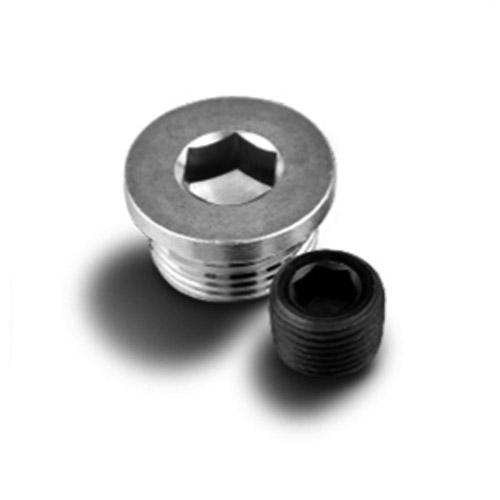

washers for repairing oversized holes in plates, ideal
Dec . 16, 2024 02:08 Back to list
washers for repairing oversized holes in plates, ideal
Washers for Repairing Oversized Holes in Plates The Ideal Solution
In various industries, including construction, automotive, and manufacturing, the integrity of plates and other components is crucial for the durability and safety of structures and machines. One common issue encountered in these settings is the formation of oversized holes in plates, often caused by wear and tear, improper installation, or material fatigue. Addressing this problem effectively is essential to maintain operational efficiency and safety. Among the myriad of solutions available, using washers for repairing oversized holes has emerged as an ideal approach, offering both practicality and reliability.
Understanding Oversized Holes
Oversized holes in plates can lead to a range of problems. For instance, they can weaken the structural integrity of a plate, resulting in potential failures in equipment or structures. Repairing these holes is not merely a matter of aesthetics; it is paramount for ensuring continued functionality and safety. Traditionally, repairs might involve welding, plugging, or even replacement, but these methods can be time-consuming, costly, and require high levels of expertise.
The Role of Washers in Repair
Washers serve as essential components in mechanical applications, primarily used to distribute load, reduce friction, and prevent loosening of fasteners. However, when it comes to repairing oversized holes, washers can take on a completely different role, acting as an effective means of compensation for the excess space. Here’s how they work
1. Load Distribution Washers have a larger surface area compared to bolts and screws, which means they can distribute the load over a broader area. This is particularly significant in the case of oversized holes, as the risk of stress concentration is minimized, thereby enhancing the durability of the repair.
2. Alignment and Stability Oversized holes can often lead to misalignment of components. By using specially designed washers, it is possible to create a more stable connection, which helps to maintain the integrity of the assembly, even under load.
washers for repairing oversized holes in plates, ideal

3. Material Compatibility Washers can be made from various materials, including metals like steel, aluminum, or composites. This versatility allows for selecting the right washer material that not only matches the strength requirements but also the environmental conditions the application will face, such as temperature extremes and corrosive environments.
4. Cost-Effectiveness Compared to other repair methods such as welding or complete replacement, using washers to fix oversized holes is significantly more economical. Washers are relatively inexpensive and require minimal labor, reducing downtime and overall repair costs.
Choosing the Right Washer
When considering washers for repairing oversized holes, it’s essential to select the right type. Several factors come into play
- Diameter and Thickness The diameter of the washer should be large enough to cover the oversized hole adequately, while the thickness should provide sufficient strength. - Material Properties The choice of material is critical, depending on the application. For high-stress environments, hardened steel washers may be necessary, whereas softer materials might suit applications with less friction and wear.
- Coatings and Treatments In environments prone to corrosion, washers with protective coatings or made from corrosion-resistant materials are advised. This will prolong the lifespan of the repair and maintain the structural integrity of the assembly.
Conclusion
Repairing oversized holes in plates can pose significant challenges. However, the use of washers presents an ideal solution that combines efficiency, cost-effectiveness, and adaptability. By understanding the unique properties and applications of washers, engineers and maintenance professionals can ensure that repairs are not only functional but also durable. As industries evolve and demands increase, innovative solutions like washers will remain essential in maintaining the reliability and longevity of critical components across various sectors. Whether in construction, automotive, or manufacturing, the strategic use of washers can provide the right answer to a common problem, ultimately preserving both safety and performance.
Latest news
-
Premium Fasteners Manufacturer | AI-Driven Solutions
NewsAug.01,2025
-
Hot Dip Galvanized Bolts - Hebei Longze | High Strength, Corrosion Resistance
NewsAug.01,2025
-
High-Strength Hot Dip Galvanized Bolts - LongZe | Corrosion Resistance, Custom Sizes
NewsAug.01,2025
-
Best Self Tapping Screws for Drywall - Fast & Secure Installation
NewsJul.31,2025
-
High-Strength Hot Dip Galvanized Bolts-Hebei Longze|Corrosion Resistance&Customization
NewsJul.31,2025
-
Hot Dip Galvanized Bolts-Hebei Longze Metal Products|Corrosion Resistance&High Strength
NewsJul.31,2025

